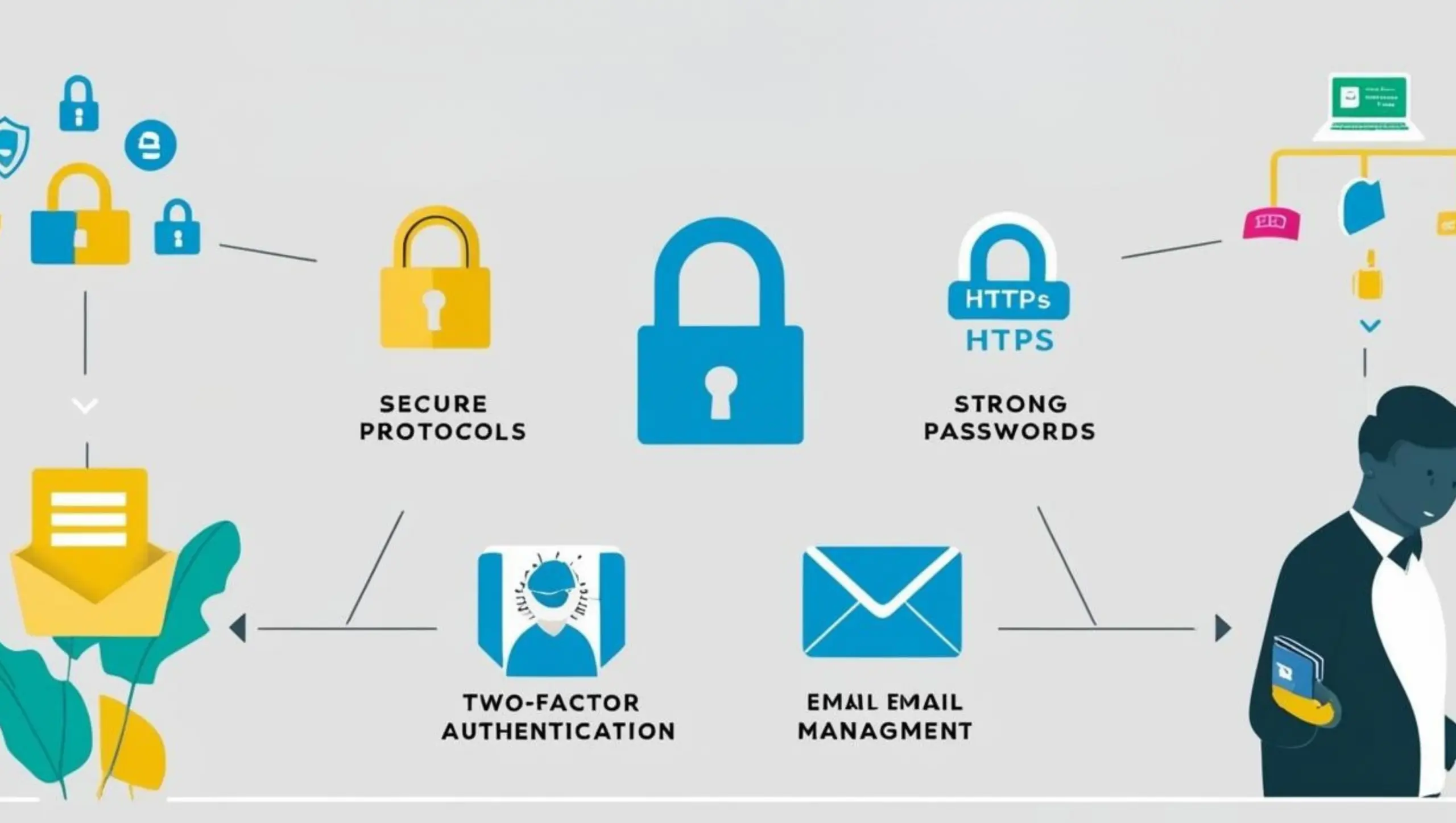How to Set Up a Secure, Professional Online Presence for Your Business
In today’s digital landscape, having a secure and professional online presence isn’t optional — it’s essential. CIOs and CISOs must ensure their organization’s website, domain, and email infrastructure reflect not just brand credibility, but also data protection and privacy best practices.
Whether you’re launching a new digital initiative or strengthening your existing infrastructure, here are four key steps to create a professional and secure foundation — with security and privacy at the core.
1. Secure a Domain Name from a Privacy-Conscious Registrar
Your domain name is the digital address of your business — it’s what customers and partners will type in to find your website. It also sets the tone for your brand’s credibility. But registering a domain isn’t just about availability; it’s about protecting ownership and securing the data tied to it.
Key Considerations:
- Choose a name that reflects your brand: Keep it short, relevant, and easy to remember.
- Pick a trusted registrar: Go with a provider that values privacy, offers WHOIS protection, and includes SSL certificates by default.
- Understand data exposure risks: Many registrars make domain ownership information public unless you opt into privacy services — often at an extra cost.
Privacy-Focused Recommendation:
Porkbun is a registrar recognized for prioritizing user privacy. It includes:
- Free WHOIS protection to keep ownership details private.
- Free SSL certificates via Let’s Encrypt to secure communication between your website and users.
- Support for physical security keys for 2FA, adding a hardware layer of protection to your account.
By selecting a registrar that respects your data, you reduce exposure to spam, phishing, and potential attacks from the outset.
2. Choose a Website Builder that Aligns with Security and Compliance Needs
Once your domain is secured, the next step is building your website. But beyond visual design and usability, enterprise decision-makers must prioritize infrastructure control, data compliance, and long-term scalability.
Key Features to Evaluate:
- Ease of deployment: Drag-and-drop or template-based builders speed up time to market.
- Customization: Ensure full control over branding and functionality.
- Security compliance: Look for GDPR compliance, HTTPS by default, and no forced third-party tracking.
- Hosting flexibility: Some builders allow external hosting, which offers more control over data location and access.
Recommended Platforms:
- Publii: An open-source, offline desktop tool that builds static websites. No cookies, trackers, or analytics by default — ideal for businesses that prioritize performance and privacy.
- Ghost: A modern, open-source CMS for publishing. Offers SEO, membership tools, and a no-tracking policy — a great choice for content-driven organizations.
- Self-hosted WordPress (WordPress.org): Offers complete control, with thousands of plugins and themes. You can disable data sharing and configure security settings to meet your enterprise standards.
These platforms support a privacy-first approach, while giving your team full control over the user experience and back-end systems.
3. Select a Secure Hosting Provider That Protects Your Data
Your hosting provider is the backbone of your website’s security. It’s where your site is stored, managed, and accessed by the outside world. Choosing a provider with robust security and transparent privacy policies is non-negotiable for CIOs and CISOs managing sensitive information.
What to Look For:
- Free SSL certificates to ensure encrypted traffic.
- DDoS protection and other cybersecurity tools.
- Backups to enable disaster recovery and continuity planning.
- Server jurisdiction: Prefer providers with data centers in countries with strong privacy laws (e.g., Switzerland, Iceland).
- Transparent privacy policies: No selling or sharing of your data.
Privacy-First Hosting Providers:
- 1984 Hosting (Iceland): Offers no-logs hosting, anonymous sign-ups, and strong legal protections under Iceland’s privacy laws.
- Njalla (Nevis): Requires no personal data to register, supports cryptocurrency payments, and offers strong data anonymization.
By selecting a secure hosting provider, your organization can ensure availability, resilience, and data integrity — especially important when hosting client-facing apps or file-sharing portals.
4. Set Up Professional, Encrypted Business Email Using a Custom Domain
A secure email system is fundamental to enterprise communication. Generic services like Gmail or Yahoo don’t offer the level of encryption, privacy, or brand professionalism required by security-conscious organizations.
Using a custom domain email (e.g., jane.doe@yourbusiness.com) not only looks more credible to clients and partners, but also gives you full control over your communications infrastructure.
Why It Matters:
- Brand integrity: Reinforces trust in your communications.
- Security & compliance: Prevents unauthorized access and supports legal obligations around data privacy.
- Data control: Avoid service providers that scan inbox content for advertising or data profiling.
Final Thoughts
For CIOs and CISOs, building a secure and professional online presence goes far beyond design and branding. It requires thoughtful decisions at every stage — from domain registration and web hosting to email infrastructure — all with a strong emphasis on data protection, secure file sharing, and privacy compliance.
By combining secure cloud services like privacy-respecting platforms with your enterprise strategy, and by integrating secure file sharing solutions like 689Cloud, your organization can confidently present itself online while minimizing data exposure and maximizing trust.
Let me know if you’d like a version tailored more directly to feature 689Cloud as the file-sharing solution of choice or if you’d like this adapted into a blog format with metadata (title tag, meta description, etc.).

